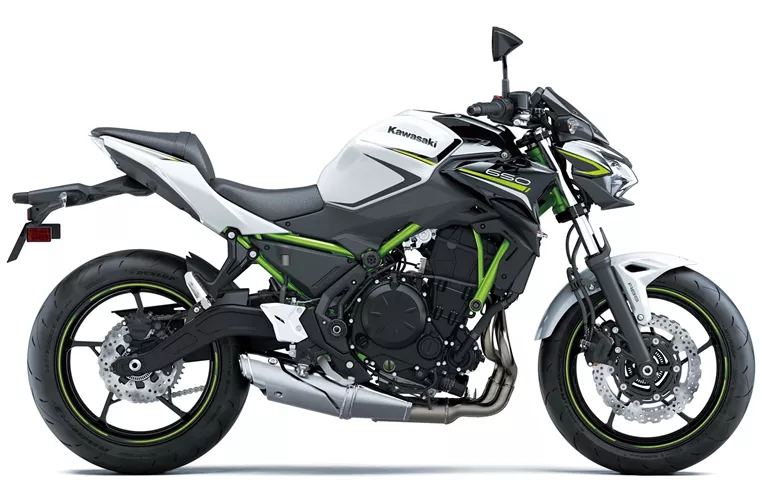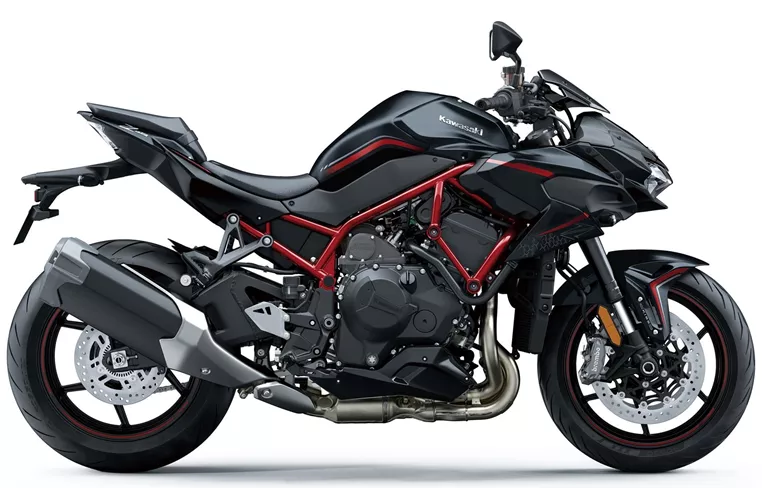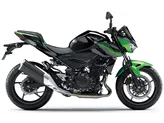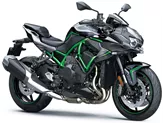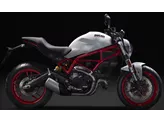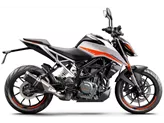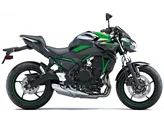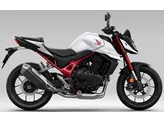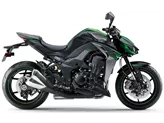Kawasaki Z650 2020 vs. Kawasaki Z H2 2020
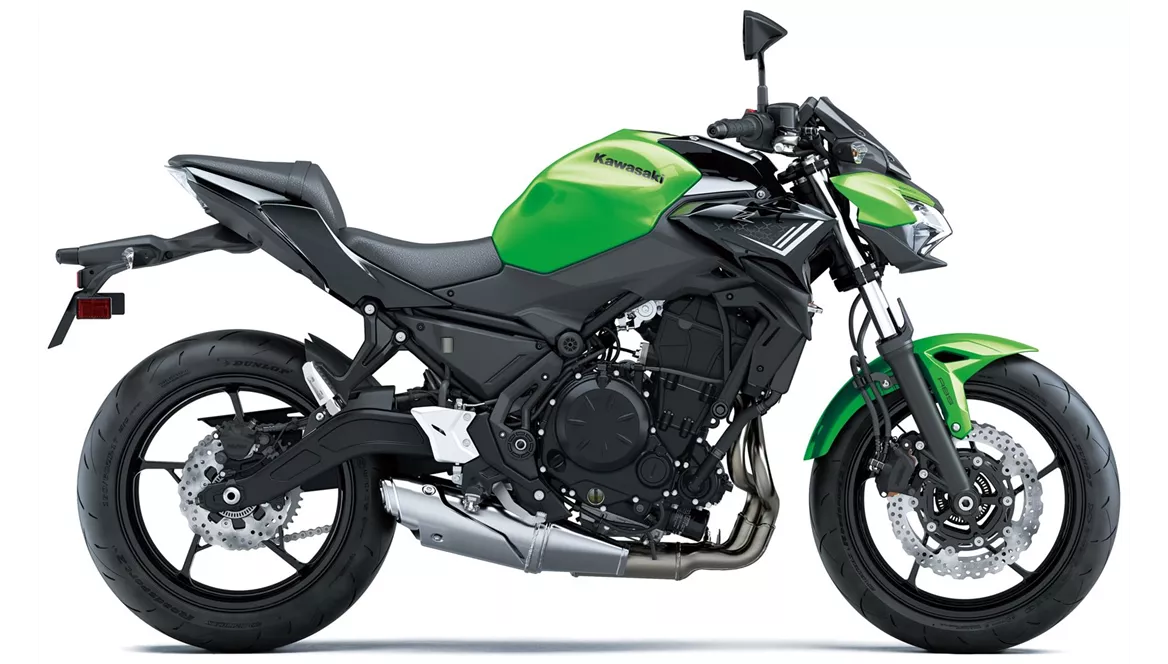
Kawasaki Z650 2020
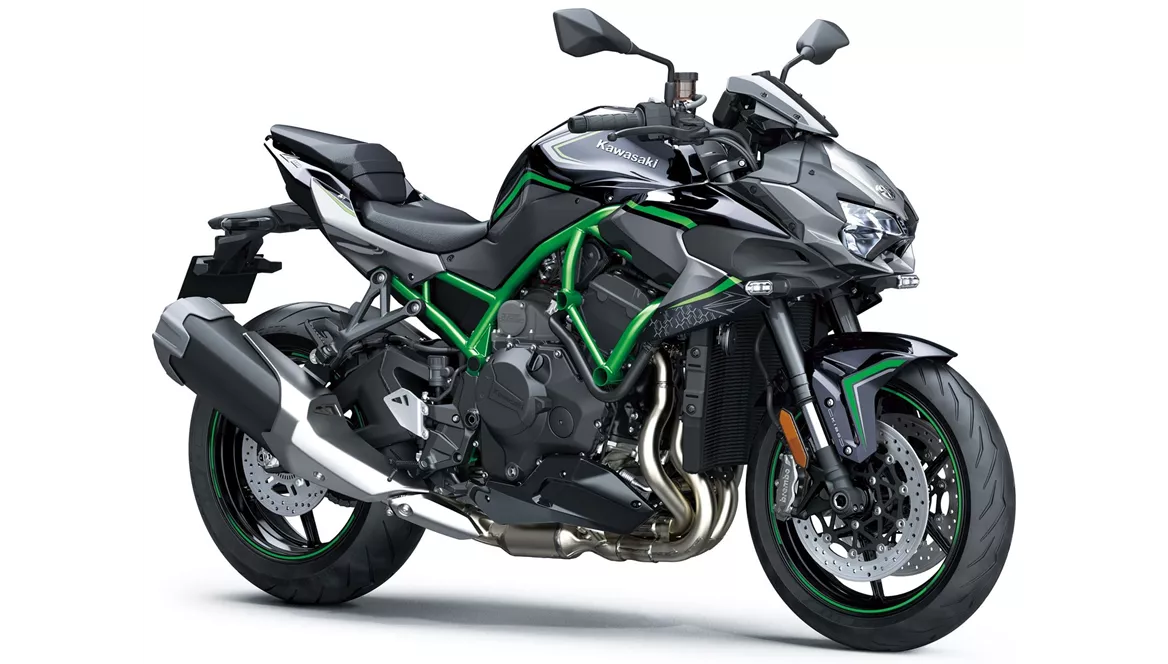
Kawasaki Z H2 2020
Overview - Kawasaki Z650 2020 vs Kawasaki Z H2 2020
The Kawasaki Z650 2020 and the Kawasaki Z H2 2020 are both naked bikes from Kawasaki, but they have significant differences in terms of specifications and performance.
Starting with the Kawasaki Z650 2020, it is equipped with a 649cc inline twin-cylinder engine that produces 68.2 horsepower and 65.7 Nm of torque. This engine delivers a powerful performance and is known for its aggressive intake noise. The bike's compact dimensions and low seat height make it suitable for riders of all sizes. The Z650 also features a stable chassis and a TFT display with connectivity, providing a modern and user-friendly riding experience. Additionally, the bike has a grown-up look, appealing to riders who prefer a more mature design.
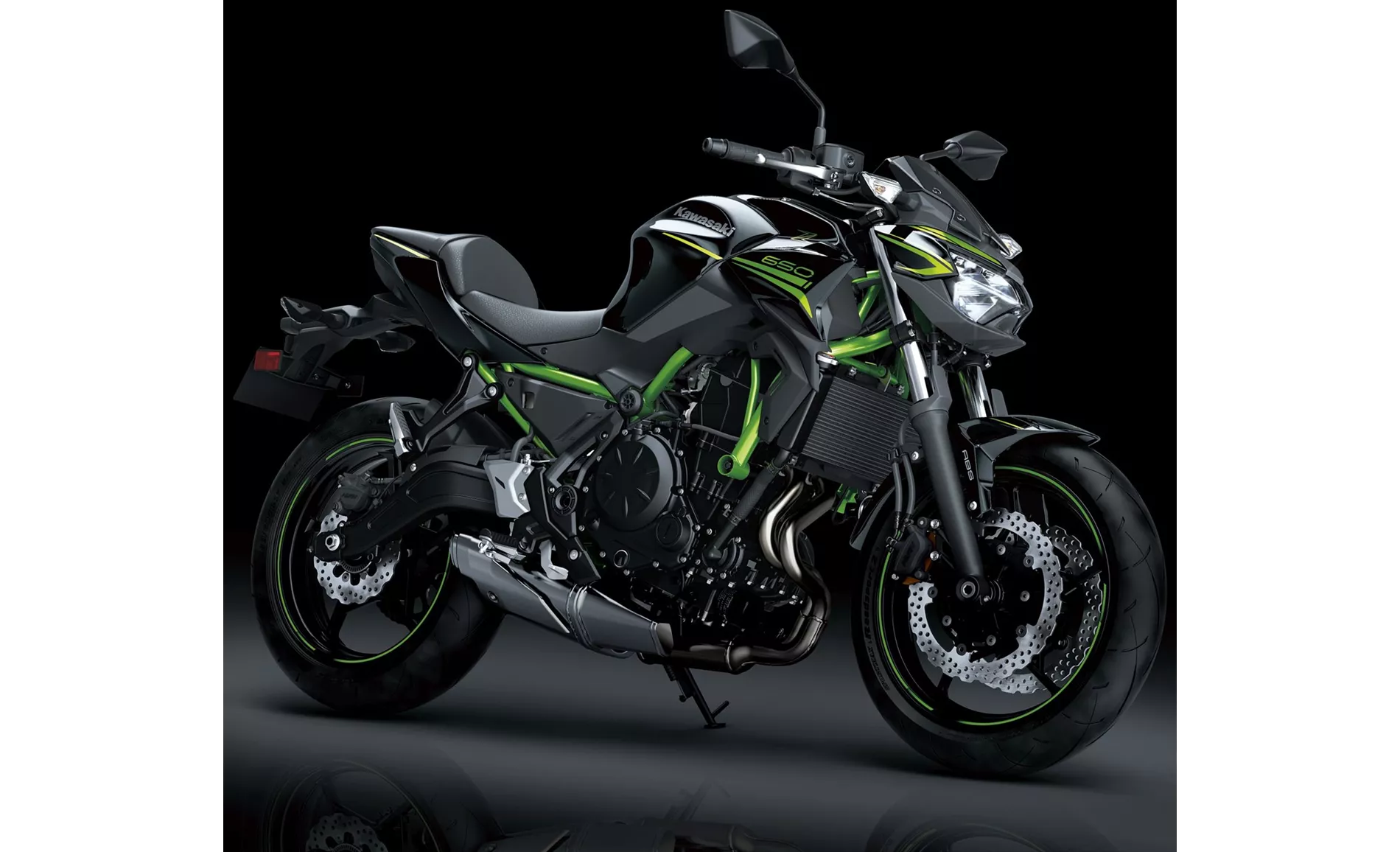
Kawasaki Z650 2020
On the other hand, the Kawasaki Z H2 2020 is in a league of its own when it comes to power. It is equipped with a 998cc inline four-cylinder engine that produces a whopping 200 horsepower and 137 Nm of torque. This engine delivers full power and is surprisingly easy to control, making it suitable for riders of all skill levels. Despite its extravagant power, the Z H2 offers a pleasant seating position and high riding comfort for a naked bike. The bike also has a quiet but charismatic sound, adding to the overall riding experience. In terms of handling, the Z H2 is stable and transparent, allowing riders to confidently navigate corners and curves. It is also worth noting that the Z H2 comes with a range of advanced rider assistance systems, including ABS, riding modes, cornering ABS, launch control, ride by wire, traction control, and anti-wheelie, enhancing the bike's safety and performance.
In terms of weaknesses, the Kawasaki Z650 2020 has been criticized for its front brake pressure point, which may not provide the desired level of feedback for some riders. Additionally, taller riders may find the bike uncomfortable due to its compact dimensions. Furthermore, the Rideology App, which is designed to enhance the riding experience, is not considered to be 100% sophisticated.
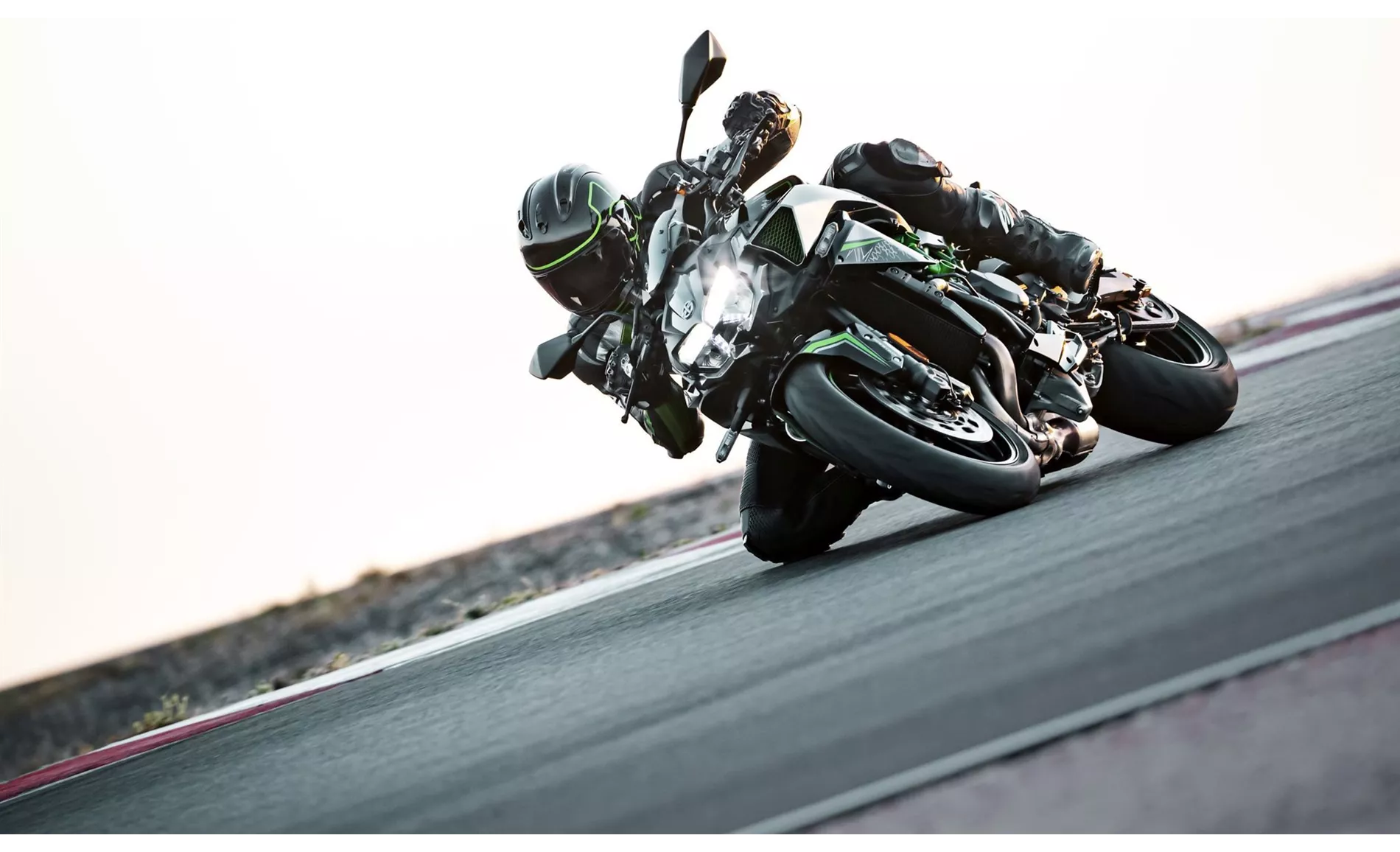
Kawasaki Z H2 2020
On the other hand, the Kawasaki Z H2 2020 has received some criticism for its quickshifter, which may make interventions that take too long, affecting the overall riding experience. Additionally, the suspension strut can become a bit spongy during sporty riding, which may not meet the expectations of riders who demand precise handling. Some riders also feel that the exclusive nature of the Z H2 deserves exclusive components all around.
In conclusion, while both the Kawasaki Z650 2020 and the Kawasaki Z H2 2020 are naked bikes from Kawasaki, they cater to different types of riders. The Z650 offers a powerful and compact option with a mature design, while the Z H2 delivers an incomparable level of power and performance, combined with comfort and advanced rider assistance systems. Riders should consider their preferences and riding style when choosing between these two models.
Technical Specifications Kawasaki Z650 2020 compared to Kawasaki Z H2 2020
Pros and Cons in comparison
Pros and Cons in comparison
Kawasaki Z650 2020
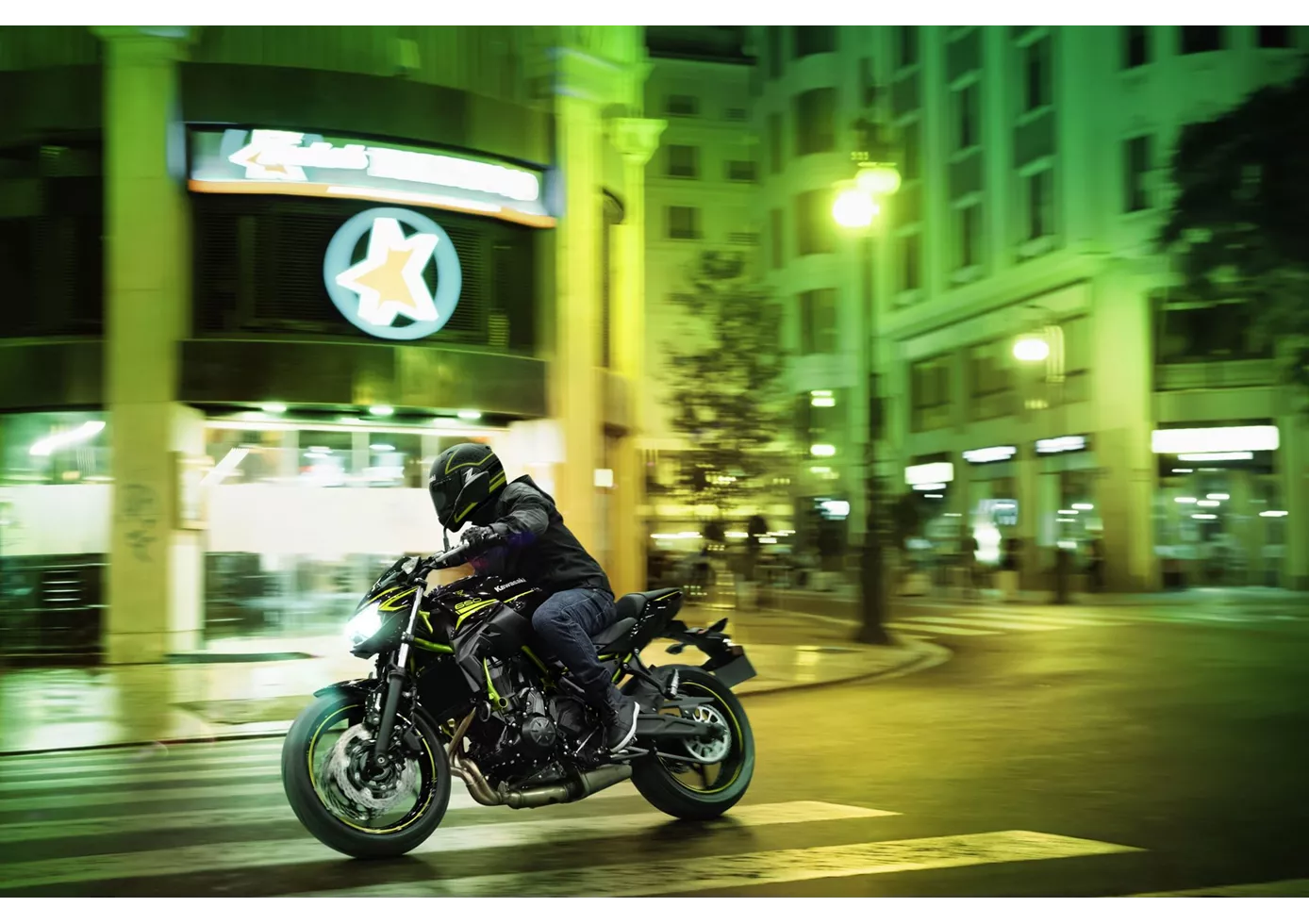
It's simply marvellous what Kawasaki has put together in a complete package with the new Z650. The technical components may not knock your socks off individually, but in combination they make for a pleasantly neutral motorbike that everyone will enjoy. No bitchy idiosyncrasies - simply a naked bike that works really well on winding country roads. Of course, the TFT display, which we don't find in the competition at the moment, is a plus, as is the grown-up look, which is strongly oriented towards the larger Z models. Only the pressure point of the front brake could have been more clearly defined - but you can't have everything in this price range.
Kawasaki Z H2 2020
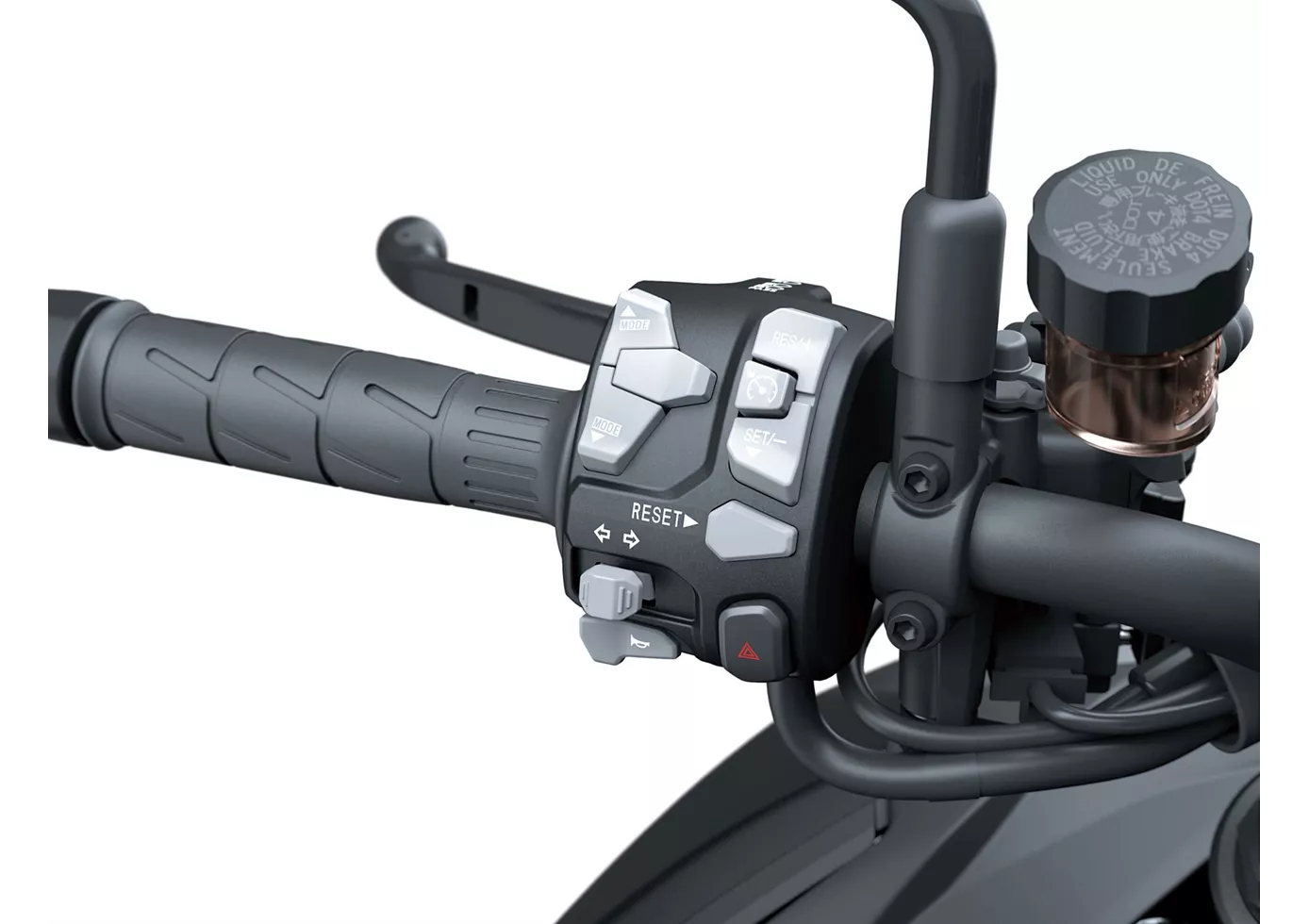
The fascinating power unit of the Kawasaki not only inspires as a motif for quartet cards or at the regulars' table. The engine is made for practical use. In the saddle of the bike, you can enjoy the thrust in every situation. Commands from the throttle are implemented directly, intensively but also controllably. However, the bike is not an athletic sportsman but a beefy naked bike. It always scores when sovereignty and power are required.
Price Comparison Avarage Market Price Kawasaki Z650 vs Kawasaki Z H2
There are a few key differences between a Kawasaki Z650 2020 and a Kawasaki Z H2 2020. In terms of price, the actual average price of a Kawasaki Z H2 2020 is about 128% higher. A Kawasaki Z650 2020 experiences a loss of 30 USD in one year of ownership. This is offset by a loss of 630 USD for a Kawasaki Z H2 2020. Compared to Kawasaki Z H2 2020 there are more Kawasaki Z650 2020 bikes available on the 1000PS.de Marketplace, specifically 21 compared to 10. It takes less time to sell a Kawasaki Z650 with 80 days compared to 148 days for a Kawasaki Z H2. Since model year 2017 1000PS.de editors have written 31 reviews for the Kawasaki Z650 and 14 reviews for the Kawasaki Z H2 since model year 2020. The first review for the Kawasaki Z650 was published on 11/8/2016 and now has more than 25,000 views. This compares to more than 82,500 views for the first review on Kawasaki Z H2 published on 10/10/2019.
